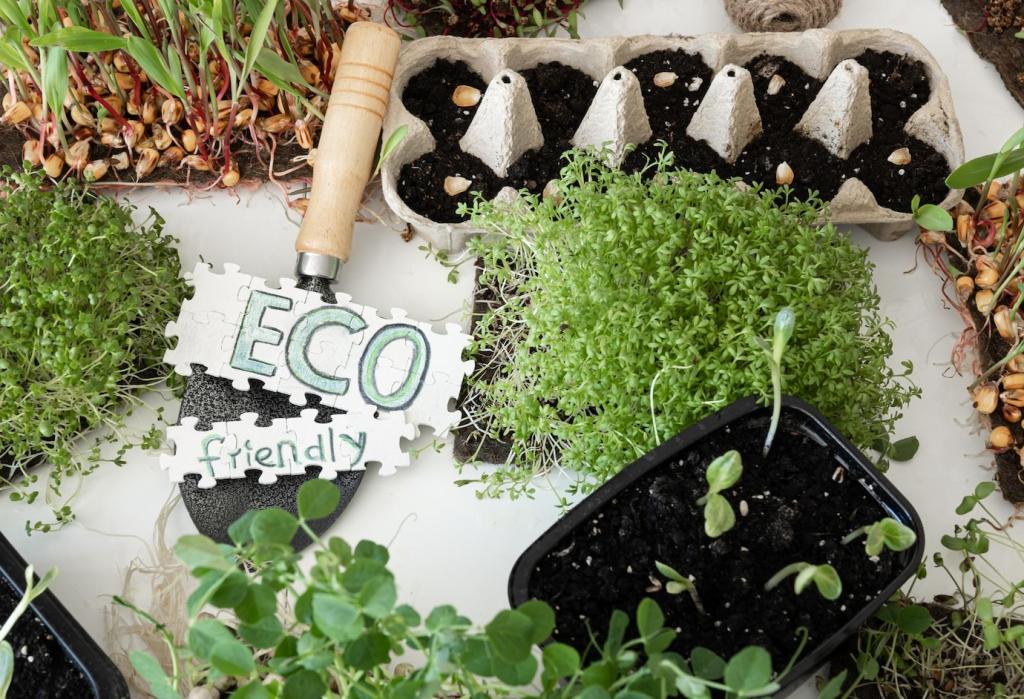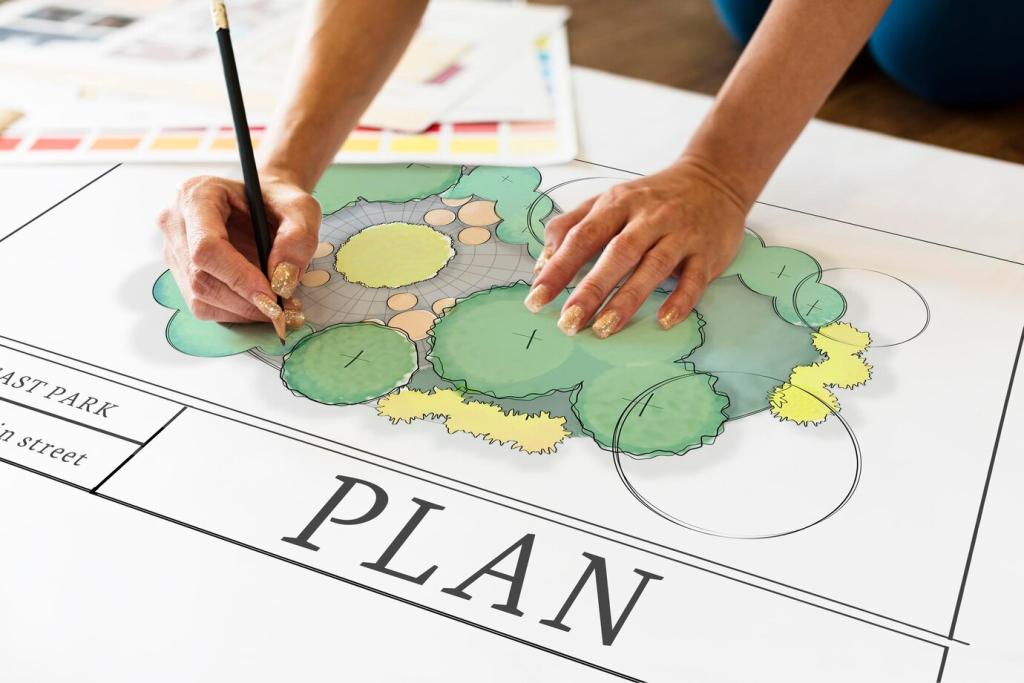Chosen theme: How to Measure the Success of a Zero Waste Event. Dive into practical, human stories, metrics, and tools to confidently quantify what truly worked, inspire stakeholders, and plan smarter, cleaner celebrations.


Define Success Before the First Bin Arrives
Start with a simple formula: materials diverted from landfill divided by total materials generated, expressed as a percentage. Record weights by stream, log time stamps, and note anomalies like vendor setup trash, so your diversion story is trustworthy and replicable.
Define Success Before the First Bin Arrives
Per‑capita metrics reveal scale. Divide total waste by verified attendance to get kilograms or pounds per person. Compare to last year, similar events, or municipal baselines, and celebrate reductions that reflect smarter design, not just different crowd sizes.
Collect Reliable Data On‑Site
Place calibrated floor scales near consolidation points, tare containers, and weigh by stream before hauling. Use waterproof logs, consistent units, and initials for accountability. Photograph each load and note conditions, because rain, wind, and distance can skew readings significantly.
Engage Stakeholders to Boost Accuracy
Vendor agreements with material lists and weights
Include approved materials, reuse expectations, and a post‑event weight report in every contract. Offer templates, office hours, and a helpline so small vendors feel supported, not overwhelmed, and reward early compliance with better placement, shout‑outs, or quick load‑out lanes.
Volunteer training with scorecards and roles
Create simple scorecards showing streams, contamination examples, and escalation steps. Assign greeters, bin guides, and runners so responsibilities are clear. Celebrate accurate tallies at shift change, and invite volunteers to share patterns they notice, building pride and sharper data.
Attendee feedback loops: micro‑surveys and prompts
Use friendly prompts on signs and push notifications asking one question: was sorting easy? Offer a raffle entry for responses. Summarize feedback on your dashboard, and invite readers here to comment or subscribe with their favorite nudges that changed behavior.
Financial outcomes: costs avoided and revenue recaptured
Track landfill hauling avoided, reduced liner purchases, and staff hours saved through better sorting. Contrast those with rentals, training, and compost hauling. Note revenue from recyclables or refill sales, then tell the story in plain language executives and sponsors immediately understand.
Environmental outcomes: emissions and resources conserved
Convert diverted materials into estimated greenhouse gas savings using reputable calculators and local factors when available. Share water, energy, and timber equivalents that resonate emotionally. If possible, involve a third‑party reviewer to validate methods and strengthen credibility with cautious audiences.
Community outcomes: donations, local partners, trust
Document meals, supplies, or equipment donated, and name recipient organizations with permission. Thank partners publicly, share quotes, and invite volunteers to tell their stories. Linking measurement to generosity deepens public trust and motivates future participation far more than numbers alone.

A Story: The Riverfront Festival Audit
At a two‑day riverfront festival, our baseline diversion hit eighty‑nine percent, yet contamination peaked at lunchtime due to sauce‑covered fiber trays. A quick bin‑top swap and clearer icons halved mistakes within hours, reminding us that visibility often beats extra staffing.
Communicate and Improve, Year After Year
Feature the diversion rate, per‑attendee waste, contamination, and top three improvements. Use icons, color‑coding, and one warm quote from a volunteer. Link to raw data for transparency, and invite readers to download the template and adapt it for their next event.


Communicate and Improve, Year After Year
Hold a ninety‑minute debrief within one week, and assign three experiments, like new bin lids or revised vendor kits. Publish owners, deadlines, and success criteria. Share your plan with subscribers here, and ask them to challenge assumptions you might be overlooking.
